Hidden Gems: Spain’s Top 15 Underrated Landmarks
Spain is a country renowned for its rich history, diverse culture, and stunning landscapes. While it boasts famous landmarks like the Alhambra and Sagrada Familia, there are numerous hidden gems scattered across the country that deserve just as much attention. These underrated landmarks offer unique insights into Spain’s past, captivating architecture, and serene natural beauty. Let’s embark on a journey to discover Spain’s top 15 underrated landmarks, each with its own story to tell.
1. Secret Charms of Salamanca’s Casa de las Conchas

Nestled in the historic heart of Salamanca, the Casa de las Conchas is a true architectural marvel. This late Gothic building is adorned with hundreds of sandstone shells, a symbol associated with the Order of Santiago. Constructed in the late 15th century, it beautifully combines Gothic and Plateresque styles. Inside, visitors can explore a magnificent courtyard, where the play of light and shadows creates an almost magical atmosphere. Today, the house serves as a public library, offering a peaceful escape for both locals and tourists. The intricate craftsmanship of its façade often goes unnoticed by those briskly passing by. However, a closer look reveals the artistic genius of its creators, making it a hidden treasure of Salamanca. It’s a perfect spot for history enthusiasts and architecture lovers alike.
2. Discover Cuenca’s Enchanting Hanging Houses

Gabriel Martin-Unsplash
Perched dramatically on the edge of a cliff, Cuenca’s Hanging Houses, or “Casas Colgadas,” seem to defy gravity. Located in the region of Castilla-La Mancha, these medieval structures date back to the 15th century and offer stunning views of the Huécar River Gorge. Originally, these houses were common in the city, but now only a few remain, serving as a testament to the city’s unique architectural style. The most famous of these houses have been converted into a museum and a restaurant, allowing visitors to enjoy the breathtaking vistas while savoring delicious local dishes. The experience of walking across the San Pablo Bridge to reach these houses is an adventure in itself, with views that are sure to leave you awestruck. Despite their historical significance, the Hanging Houses often remain in the shadows of more famous Spanish landmarks. Yet, their blend of nature and history offers a one-of-a-kind experience that is not to be missed.
3. Lugo’s Roman Walls: Time-Traveling Adventures

In the Galician city of Lugo, the ancient Roman walls stand as a testament to the city’s rich history and heritage. Built in the late 3rd century, these walls remain remarkably intact and encircle the old town for over two kilometers. Recognized as a UNESCO World Heritage site, they offer a unique opportunity to explore the Roman past right in the heart of a modern city. Walking atop these walls provides panoramic views of Lugo and brings a sense of time travel, as you can imagine Roman soldiers once patrolling the same path. The wall’s numerous towers and gates each have their own stories, adding layers of intrigue to your exploration. Despite their historical importance, these walls are often overlooked by tourists flocking to more renowned destinations. However, for those eager to delve into history and enjoy scenic walks, Lugo’s Roman walls provide an unforgettable experience.
4. Journey Through Time at Baelo Claudia Ruins
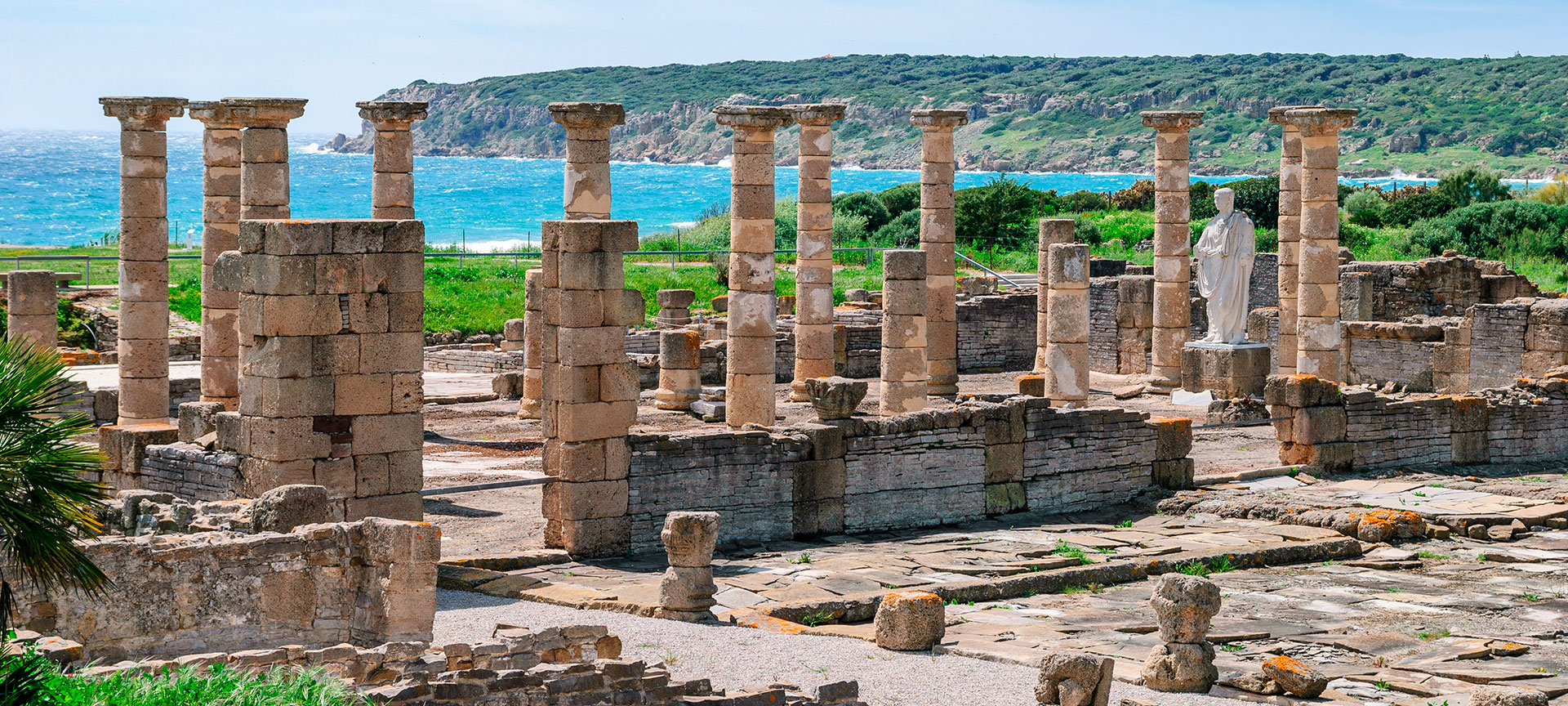
The Baelo Claudia ruins, located near Tarifa in the region of Andalusia, offer a fascinating glimpse into the life of a Roman town. Situated by the enchanting Bolonia beach, these ruins are relatively unknown compared to other archaeological sites in Spain. Baelo Claudia was a thriving Roman settlement that played a vital role in trade and commerce, especially in the production of garum, a fish sauce highly prized in Roman cuisine. As you wander through the remains of the forum, basilica, and thermal baths, you can almost hear the whispers of ancient merchants and townsfolk. The backdrop of the stunning Andalusian coastline adds a magical touch to this historical site. Despite its captivating history and picturesque location, Baelo Claudia remains one of Spain’s hidden gems, waiting to be discovered by curious travelers. It’s a perfect destination for history buffs and beach lovers alike.
5. Uncover Zaragoza’s Moorish Aljafería Palace

The Aljafería Palace in Zaragoza is a splendid example of Moorish architecture, often overshadowed by the more famous Alhambra in Granada. Built in the 11th century as a leisure palace for the taifa of Zaragoza, it later became the residence of the Catholic Monarchs, adding layers of history to its already colorful past. The palace’s intricate stucco work, arches, and ornate ceilings are a sight to behold, reflecting the artistic excellence of its Moorish creators. Today, it houses the Aragonese parliament, seamlessly blending historical grandeur with modern governance. Walking through its majestic halls and gardens feels like stepping back in time, offering a glimpse into the opulent lifestyle of its former inhabitants. Despite its beauty and historical significance, the Aljafería Palace often remains in the shadows of its more famous counterparts. However, for those seeking to immerse themselves in Spain’s Moorish heritage, it is an unmissable destination.
6. Alcazaba of Almería: A Fortress Untouched

The Alcazaba of Almería, a formidable fortress overlooking the city and the Mediterranean Sea, is one of Spain’s best-preserved examples of Moorish military architecture. Constructed in the 10th century, it served as a stronghold for Muslim rulers and later Christian conquerors. Its massive walls and towers offer breathtaking views of the surrounding landscape and are a testament to the strategic importance of Almería in medieval times. The Alcazaba’s vast gardens, courtyards, and water features create a tranquil oasis amidst its imposing structure. Despite its historical and architectural significance, it often slips under the radar of travelers exploring Andalusia. Yet, for those who venture here, the Alcazaba offers a serene escape and a deeper understanding of Spain’s complex past. It’s a must-visit for history enthusiasts and anyone seeking stunning vistas of the Spanish coastline.
7. Hidden Mysteries of the Burgos Cathedral
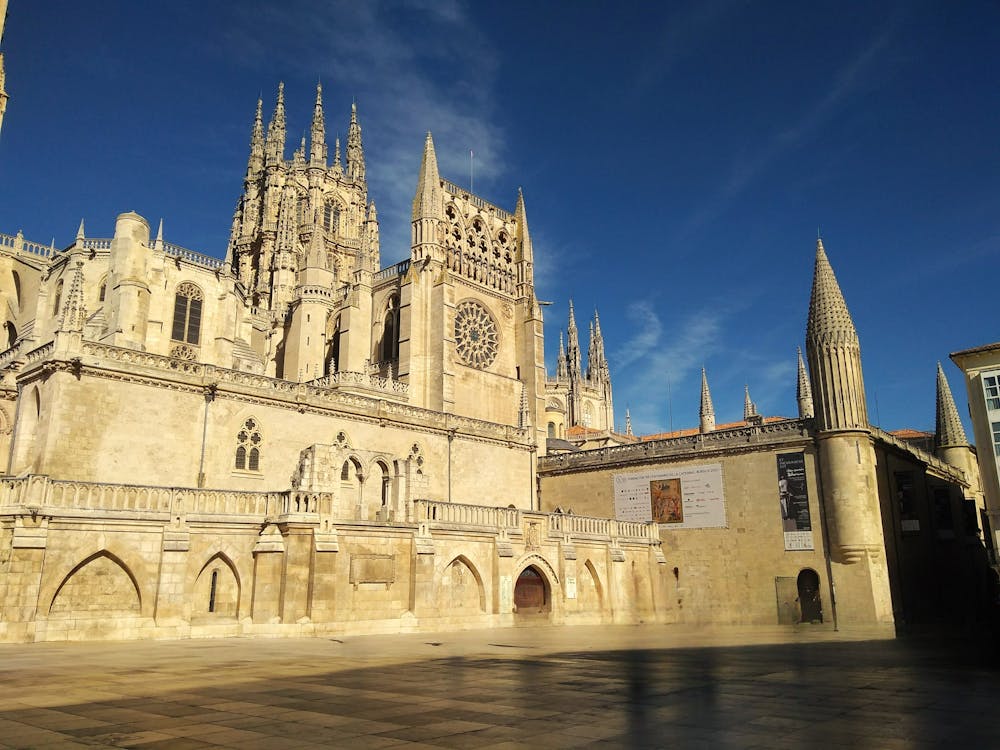
The Burgos Cathedral, a Gothic masterpiece located in northern Spain, is often overshadowed by more famous cathedrals like Seville’s or Barcelona’s Sagrada Familia. Built over several centuries, it showcases an impressive blend of architectural styles, intricate sculptures, and stunning stained glass windows. The cathedral is a UNESCO World Heritage site, and its towering spires dominate the city skyline. Inside, visitors can marvel at the artistry of its chapels, altarpieces, and the renowned Golden Staircase. The cathedral also houses the tomb of El Cid, a legendary Spanish knight and folk hero, adding to its allure. Despite its grandeur and historical importance, the Burgos Cathedral remains a hidden gem, often bypassed by visitors. However, those who take the time to explore its hallowed halls will find themselves enchanted by its beauty and history, making it a must-see for any trip to northern Spain.
8. Enigmatic Elegance of Cáceres Old Town
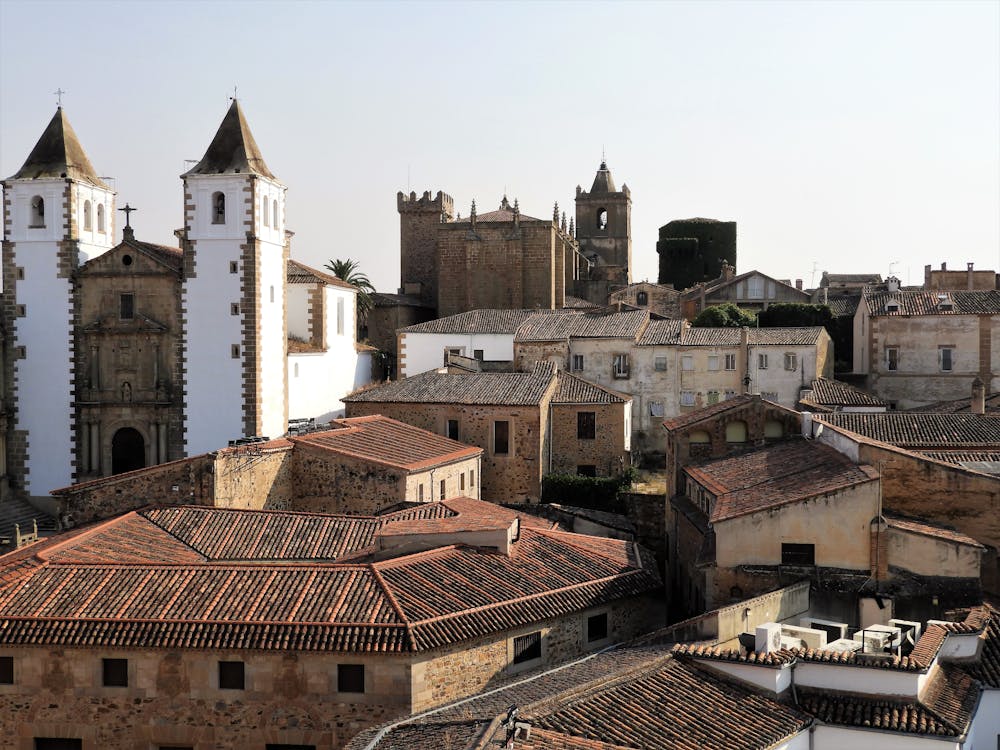
The old town of Cáceres, located in the Extremadura region, is a UNESCO World Heritage site that exudes a sense of timeless elegance. Enclosed within ancient walls, its cobbled streets, medieval towers, and palaces transport visitors to a bygone era. The town’s architecture is a fascinating blend of Roman, Islamic, and Renaissance influences, reflecting its diverse historical past. The Plaza Mayor, with its arcades and charming cafes, serves as the vibrant heart of Cáceres, where locals and tourists alike gather to soak up the atmosphere. Exploring the town’s narrow alleyways reveals hidden treasures, such as quaint courtyards and beautifully preserved churches. Despite its historical significance and captivating charm, Cáceres often remains off the beaten path, overshadowed by larger cities. However, those who venture here will be rewarded with an enchanting journey through Spain’s history and culture, making it a must-visit destination.
9. Secluded Serenity at Cabo de Gata Natural Park
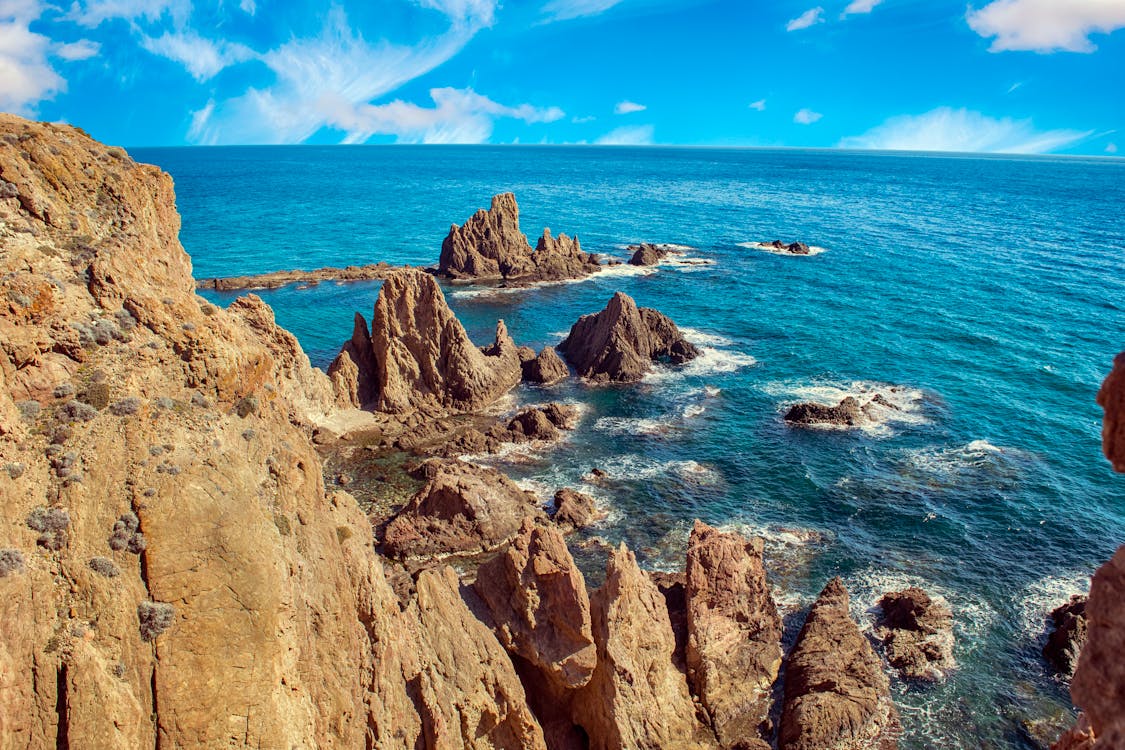
Cabo de Gata Natural Park, located in the southeastern corner of Spain, is a haven for nature lovers and those seeking solitude. This protected area boasts a rugged coastline, pristine beaches, and unique volcanic landscapes. Its crystal-clear waters are perfect for swimming, snorkeling, and diving, offering a chance to explore vibrant marine life. The park is also a paradise for hikers, with trails that wind through its dramatic terrain and offer breathtaking views. Despite its natural beauty, Cabo de Gata remains relatively undiscovered by mass tourism, allowing visitors to enjoy its tranquility. The charming fishing villages within the park provide a glimpse into traditional Spanish life, adding to its allure. For those looking to escape the hustle and bustle of more popular destinations, Cabo de Gata offers a serene retreat and an opportunity to connect with nature.
10. Step into the Past at Tarragona’s Amphitheatre

Situated along the Mediterranean coast, Tarragona’s Roman amphitheatre is a remarkable relic of Spain’s ancient past. Built in the 2nd century AD, it once hosted gladiatorial games and public spectacles, accommodating up to 15,000 spectators. The amphitheatre’s location is stunning, perched above the sea, with breathtaking views that add to its allure. Visitors can explore the ruins and imagine the roar of the crowd as gladiators fought for their lives. The nearby Roman circus and forum further enrich the historical experience, making Tarragona a treasure trove of ancient Roman heritage. Despite its impressive history and picturesque setting, the amphitheatre often remains overshadowed by other Roman sites in Italy and Greece. However, for those with a passion for history and archaeology, it offers a fascinating journey into the past and a chance to explore Spain’s Roman roots.
11. Revel in Ronda’s Ancient Puente Nuevo Bridge
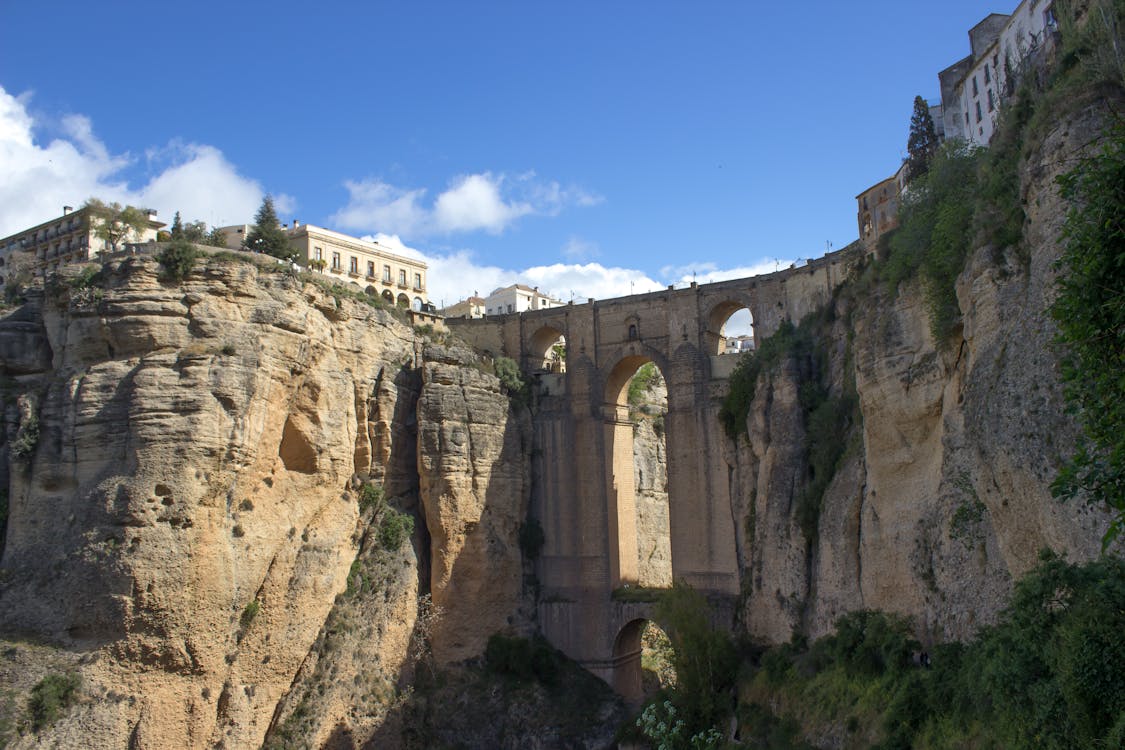
The Puente Nuevo Bridge in Ronda is a marvel of engineering and architecture that spans the dramatic El Tajo gorge. Completed in the 18th century, it took over 40 years to build and stands as one of Spain’s most breathtaking sights. The bridge connects the old and new towns of Ronda, offering spectacular views of the surrounding countryside. Walking across it is an exhilarating experience, with the sheer drop into the gorge below adding an element of thrill. The bridge’s history is as fascinating as its structure, having served as a prison during times of turmoil. Despite its beauty and historical significance, Puente Nuevo is often overlooked in favor of more famous Spanish landmarks. However, those who visit Ronda will find themselves captivated by its charm and history, making it an essential stop on any Andalusian itinerary.
12. Whispering Winds of Segovia’s Aqueduct
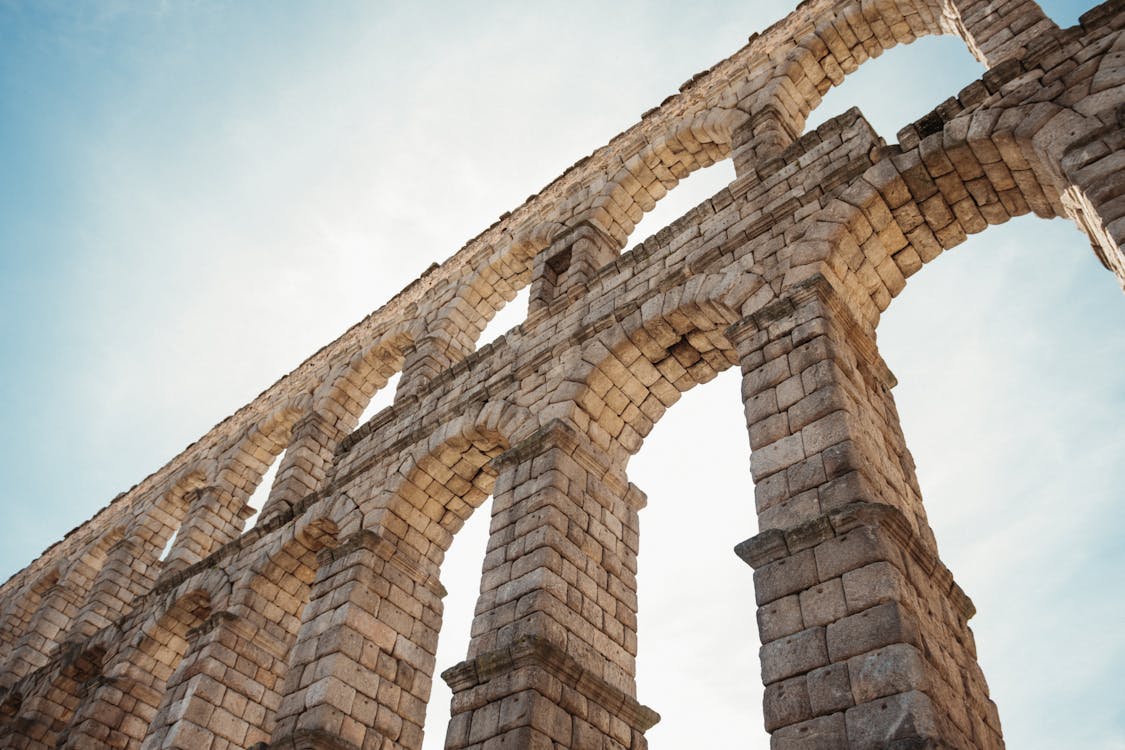
The aqueduct of Segovia is an astounding feat of Roman engineering, standing tall and proud in the heart of the city. Built in the late 1st century AD, it stretches for over 15 kilometers, with its most iconic section towering over Segovia’s Plaza del Azoguejo. The aqueduct’s precise construction, using no mortar, is a testament to the ingenuity of its Roman builders. As you stand beneath its arches, it’s easy to imagine the whispering winds that have echoed through them for centuries. The aqueduct remains a vital symbol of Segovia, recognized as a UNESCO World Heritage site. Despite its historical importance and architectural brilliance, it is often overshadowed by other Spanish landmarks. However, visitors who take the time to explore Segovia will be rewarded with an unforgettable experience, marveling at one of the ancient world’s greatest achievements.
13. Cordoba’s Calahorra Tower: A Historical Tale

The Calahorra Tower stands as a guardian of Cordoba’s Roman Bridge, offering a glimpse into the city’s storied past. Originally built by the Moors in the 12th century, it was later expanded by the Christians, adding to its historical layers. Today, the tower houses a fascinating museum dedicated to the city’s diverse cultural heritage, highlighting the coexistence of Christian, Muslim, and Jewish communities. From the tower’s vantage point, visitors can enjoy panoramic views of Cordoba, with the majestic Mezquita in the distance. The tower’s exhibits provide a captivating insight into Cordoba’s rich history and the influences that have shaped it. Despite its historical significance and prime location, the Calahorra Tower often remains in the shadows of the more famous Mezquita. However, for those keen to delve deeper into Cordoba’s past, it offers a rich and rewarding experience.
14. Bilbao’s Quirky Zubizuri Bridge Unveiled
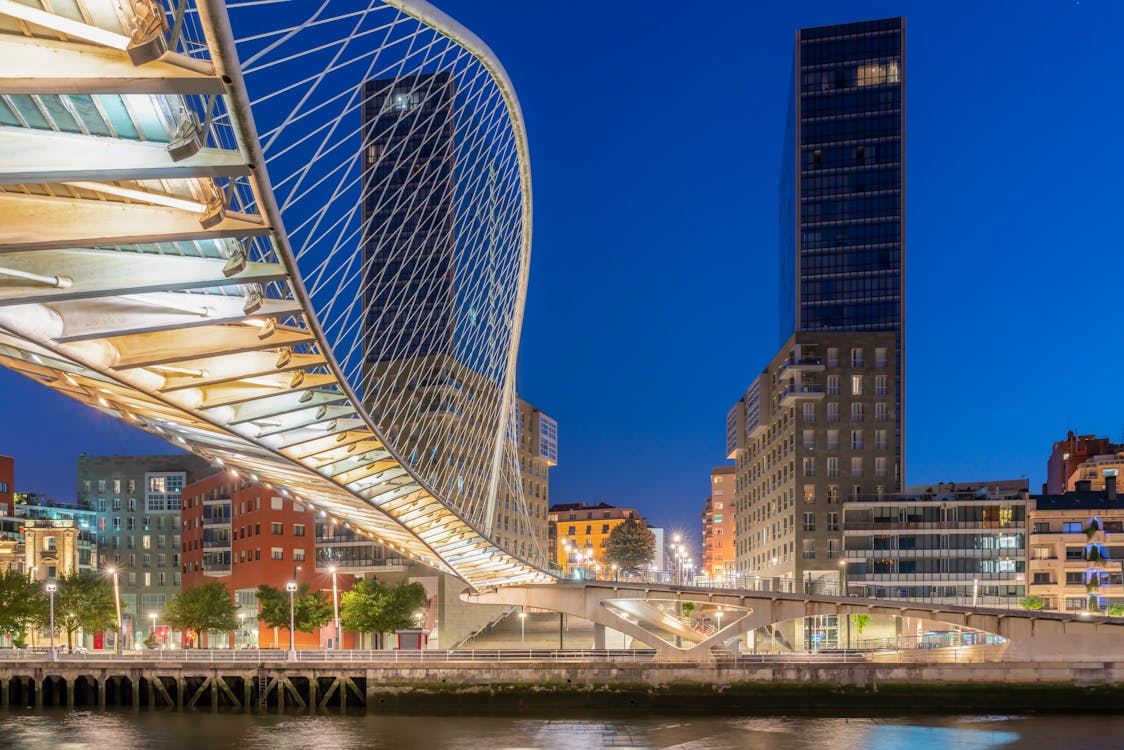
The Zubizuri Bridge, or “White Bridge,” in Bilbao is a striking example of modern architecture in a city known for its industrial past. Designed by the renowned architect Santiago Calatrava, the bridge spans the Nervion River with its sleek, curved structure. Its design, resembling a sailboat, adds a touch of elegance to the city’s skyline. Despite its modern appearance, the bridge has sparked controversy due to its slippery glass tiles, leading to modifications over time. Walking across it offers unique views of Bilbao, blending the old with the new. While the Guggenheim Museum often steals the spotlight, the Zubizuri Bridge provides an intriguing contrast and highlights the city’s architectural evolution. For those exploring Bilbao, it’s a quirky and photogenic spot not to be missed.
15. Santiago de Compostela’s Secret Gem: Alameda Park

Nestled at the edge of Santiago de Compostela, Alameda Park offers a peaceful retreat from the bustling streets of this historic pilgrimage city. The park’s lush greenery, shaded pathways, and vibrant flower gardens provide a serene escape for both locals and visitors. As you wander through its avenues, you’ll encounter statues, fountains, and stunning views of the iconic Santiago de Compostela Cathedral. The park’s history dates back to the 16th century, adding a sense of timelessness to its charm. Despite its central location and beauty, Alameda Park often remains overlooked by those focused on the city’s more famous religious landmarks. However, for those seeking tranquility and natural beauty, it offers a delightful contrast to the city’s historic grandeur. It’s a perfect spot for a leisurely stroll or a quiet moment of reflection.






